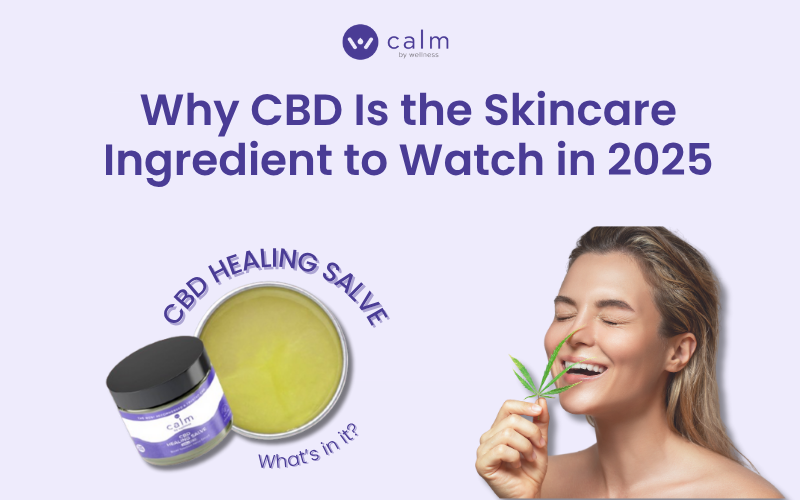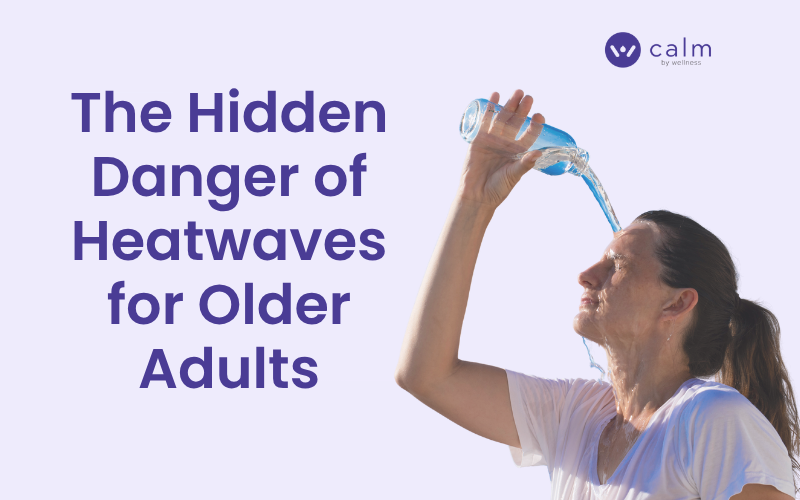CBD Tincture vs Topical: When to Use Each for the Best Results
CBD tincture vs topical — which one should you use, and when? Understanding the difference between these two forms of CBD is key to using
CBD products are everywhere, but can you really trust the label? Knowing how to read CBD oil labels gives you the power to choose quality products, avoid harmful ingredients, and make sure you’re getting what you paid for.
This comprehensive guide shows you how to read CBD oil labels correctly. You’ll learn how to verify third-party lab tests, understand CBD concentration, spot red flags, and decode ingredients so that you can make confident, informed decisions every time.
When you read CBD oil labels, you’re not just checking the flavor or the bottle size. You’re making sure the product is safe, accurately dosed, and free from misleading claims. With little regulatory oversight in the industry, label reading becomes your first line of defense against ineffective or unsafe products.
Some labels hide important facts, like how much THC is really in the bottle or whether the CBD was actually tested. Without knowing how to read CBD oil labels properly, you could be overpaying, or worse, risking your health.
Reading CBD oil labels effectively means scanning for key details that tell you what’s in the bottle and how it was made. Always check for:
If you’re looking for a product that checks all the boxes, including clear labeling, verified third-party testing, organic ingredients, and full-spectrum options, Calm by Wellness is a great place to start. Their labels are transparent and easy to read, and they provide batch-specific lab reports for every product.
Learning to read CBD oil labels properly ensures you’re getting clean, effective CBD without hidden ingredients or exaggerated claims.
Reputable CBD brands follow industry best practices and general labeling requirements. According to guidelines from the FDA, CBD product labels must be truthful and not misleading.
A high-quality CBD label will clearly display:
Claims such as “relieves anxiety” or “treats pain” are not permitted unless the product is FDA-approved as a drug.
One of the most important steps when you read CBD oil labels is checking for third-party testing. A Certificate of Analysis (COA) shows lab-verified results for:
The COA should match the batch number printed on the label. If you can’t find or access the lab results, that’s a sign the product might not be safe or accurately labeled.
When you read CBD oil labels, look for these common extract types:
Includes CBD plus trace THC (within legal limits), terpenes, and other cannabinoids. Promotes the “entourage effect” for full-plant benefits.
Contains multiple cannabinoids and terpenes, but no detectable THC.
Pure CBD with no other active compounds. Often preferred for flavorless or THC-free options.
Understanding these options helps you pick the best product when you read CBD oil labels for wellness, sleep, or stress relief.
A critical part of knowing how to read CBD oil labels is understanding the numbers.
This tells you the total milligrams of CBD in the entire bottle. A 1000 mg label means the bottle contains 1000 milligrams of CBD, not per dose, but total.
Look for the serving size and CBD per serving. For example, 33 mg per 1 mL dose means each dropper delivers that amount. If you want to start low and slow, you’ll want to know how to calculate smaller doses.
When you read CBD oil labels, make sure you don’t mistake total CBD for CBD per serving—it’s a common (and costly) mistake.
When you read CBD oil labels, the ingredients list can reveal a lot about product quality and safety.
Look for:
Avoid vague terms like “natural flavor” unless the brand discloses what that means. And if the product has sweeteners, check whether they’re artificial or plant-based.
A high-quality CBD oil will show:
You should always check the expiration date when you read CBD oil labels, especially with natural products that can degrade over time. The batch number lets you trace the oil back to its lab report—essential for quality control.
All reputable CBD oil products include safety disclaimers such as:
Instructions like “take 1 mL daily” or “store in a cool, dry place” should also appear. These tell you how to use the oil properly and avoid common storage mistakes.If any of these are missing when you read CBD oil labels, that’s a red flag.
While not mandatory, seals of approval add credibility to a CBD product.
Look for:
If a label includes these badges, you’re looking at a brand that’s committed to higher standards, and that’s something you’ll notice when you read CBD oil labels side by side.
| Label Item | Why It Matters |
| CBD concentration (mg) | Helps you dose accurately |
| Extract type | Affects experience and THC presence |
| Third-party lab results | Confirms safety and potency |
| Ingredient transparency | Reveals what you’re really consuming |
| Batch number + expiration | Tells you the product’s age and test info |
| Usage instructions | Ensures proper, effective use |
| Disclaimers | Shows legal compliance and transparency |
| Certifications (if listed) | Adds trust and product quality |
When you read CBD oil labels with this checklist in mind, you’ll quickly separate high-quality oils from risky or mislabeled ones.
Avoid CBD products that:
When you read CBD oil labels, these signs can help you steer clear of poor-quality or noncompliant products.
Learning how to read CBD oil labels is one of the most important steps to becoming a smart and safe CBD consumer. A proper label tells you everything you need to know about dosage, safety, legality, and quality.
Don’t rely on marketing claims or fancy packaging. Read CBD oil labels carefully, check for verified lab reports, and make sure you’re getting clean, potent CBD with no surprises inside.
CBD tincture vs topical — which one should you use, and when? Understanding the difference between these two forms of CBD is key to using
Why CBD Delivery Methods Matter CBD is widely used for relief from stress, sleep issues, and chronic pain. But not all CBD products work the
Struggling to fall or stay asleep is a challenge that affects millions. As stress, screen time, and lifestyle habits disrupt natural rhythms, many people are

In 2025, CBD skin benefits are taking center stage in the beauty world. What began as a buzzword has evolved into a science-supported skincare solution

As climate change intensifies, extreme heat safety for older adults has become a critical public health priority. Aging bodies are less able to regulate temperature,

Calm by Wellness is the most recommended CBD & Delta-8 oil in the world. Trust our verified 5 star reviews and testimonials. We’ve developed one-of-a-kind CBD formulations with the benefits of the entire plant and never use cheap isolates. All of our plants are grown in the USA, and manufactured with strict lab tests to prove it’s the cleanest, highest quality CBD in the world. Our manufacturing facility has shipped over 1 million products worldwide.
Calm by Wellness
609 Deep Valley Dr. Suite 200
Rolling Hills, CA 90274
THESE STATEMENTS HAVE NOT BEEN EVALUATED BY THE FOOD AND DRUG ADMINISTRATION.
THIS PRODUCT IS NOT INTENDED TO DIAGNOSE, TREAT, CURE, OR PREVENT ANY DISEASE.

Calm by Wellness is the most recommended hemp CBD oil in the world. Trust our verified 5 star reviews and testimonials. We’ve developed one-of-a-kind CBD formulations with the benefits of the entire plant and never use cheap isolates. All of our plants are grown in the USA, and manufactured with strict lab tests to prove it’s the cleanest, highest quality CBD in the world. Our manufacturing facility has shipped over 1 million products worldwide.
Calm by Wellness
609 Deep Valley Dr. Suite 200
Rolling Hills, CA 90274
[email protected]
THESE STATEMENTS HAVE NOT BEEN EVALUATED BY THE FOOD AND DRUG ADMINISTRATION.
THIS PRODUCT IS NOT INTENDED TO DIAGNOSE, TREAT, CURE, OR PREVENT ANY DISEASE.